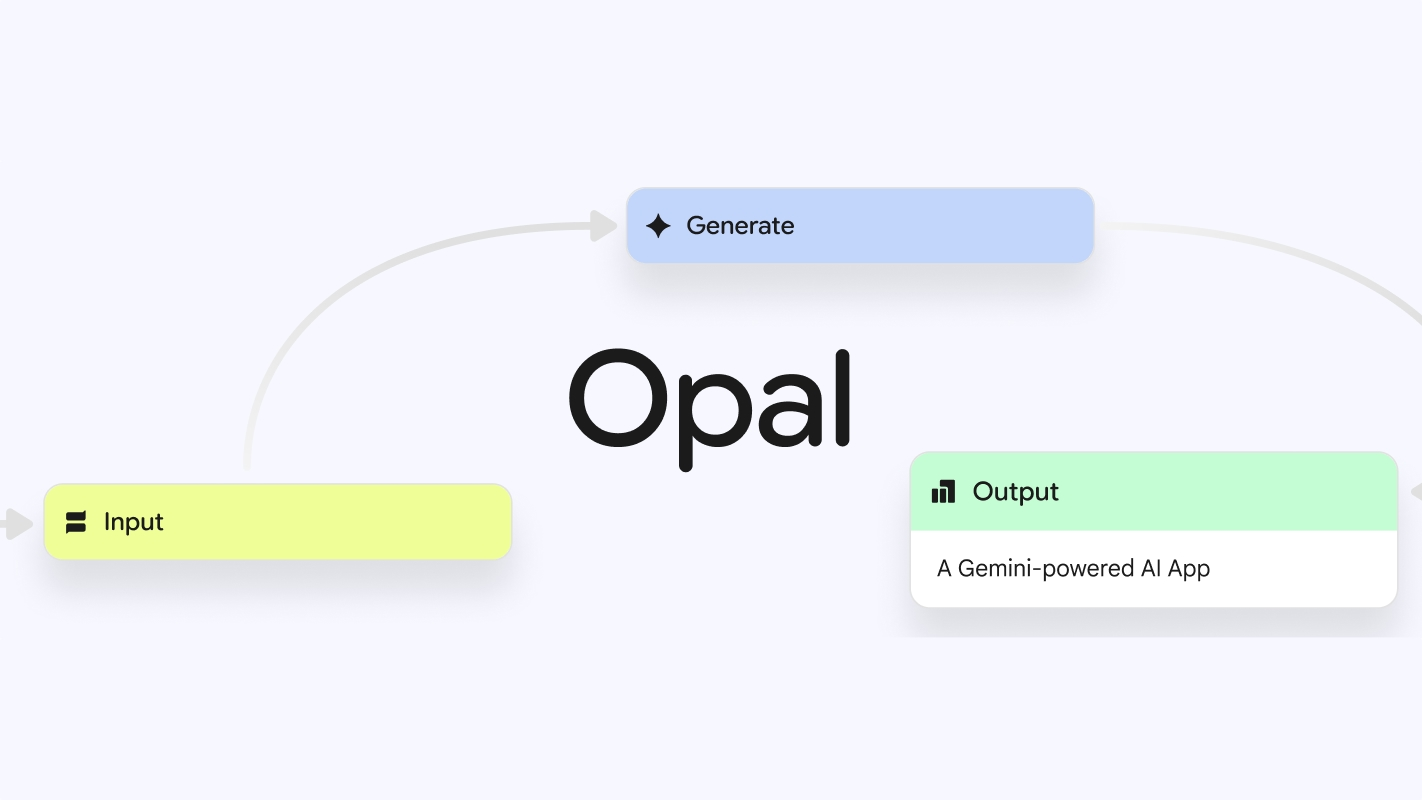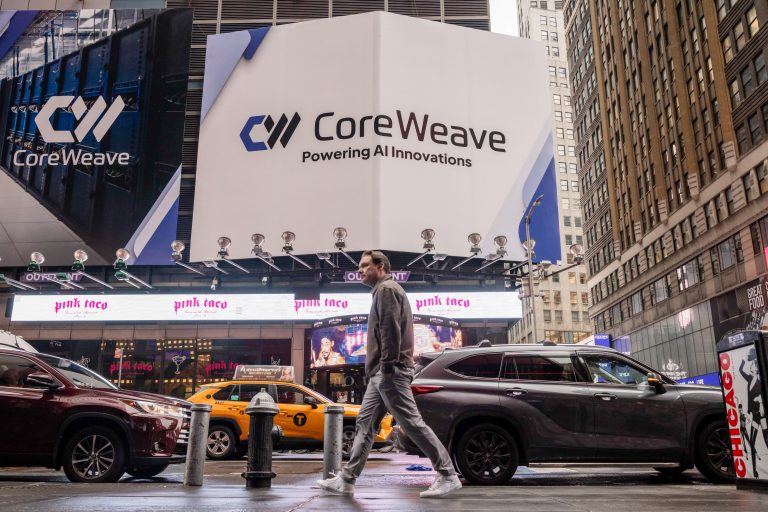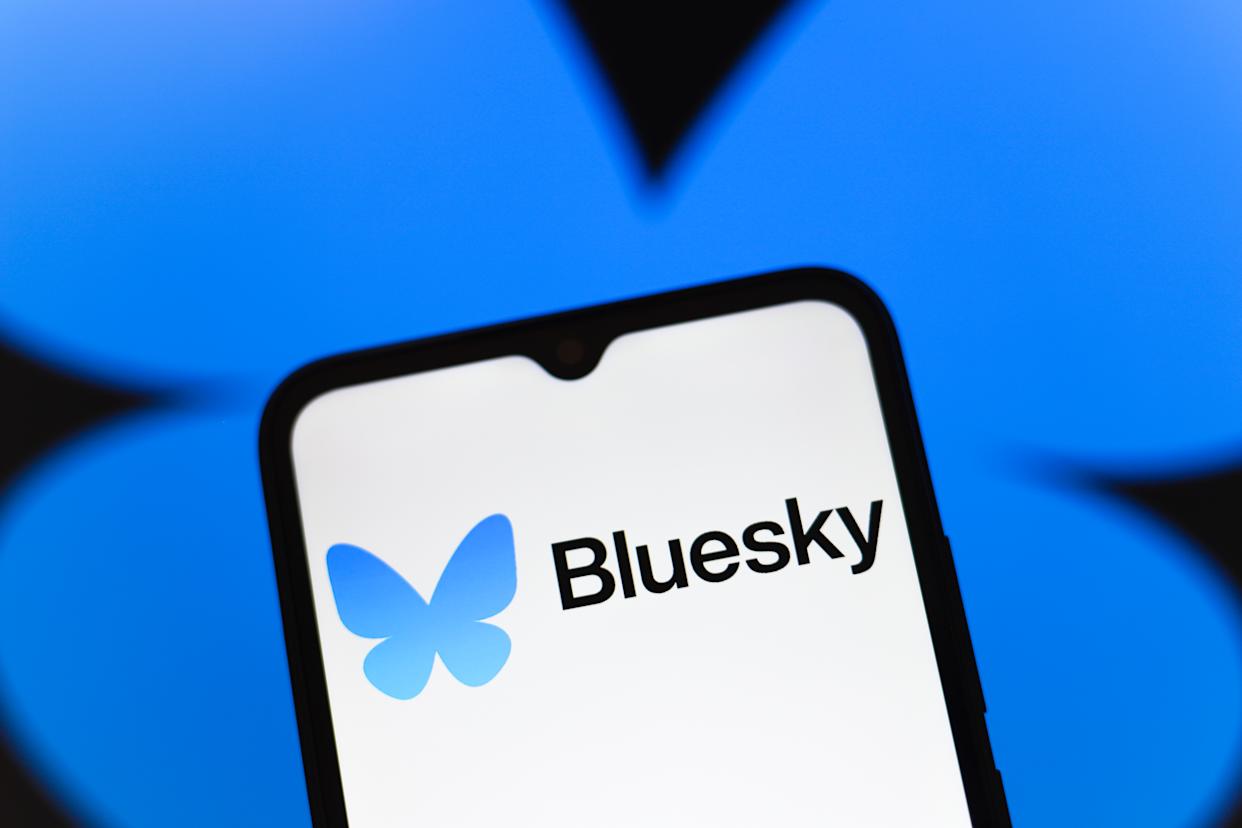Google Tests Vibe-Coding Application, Opal
In the past few months, AI-powered coding tools have gained such popularity that nearly every major technology company is either utilizing one or developing its own.
At present, the creators of these “vibe-coding” tools are a highly sought-after commodity, with startups such as Cursor and Lovable fighting off investors and purchasers who are eager to capitalize on this trend.
Google has recently joined the trend by testing a vibe-coding tool called Opal, which is accessible to users in the United States through Google Labs.
The company employs this platform as a foundation for its technological innovations.
Opal enables the creation of miniature web applications through text prompts, or the remixing of pre-existing applications from a gallery.
Users are required to provide a description of the application they wish to create, and the tool will subsequently employ various Google models to accomplish this.
The visual workflow of input, output, and generation phases can be viewed by navigating to an editor interface once the program is complete.
The prompt that governs the workflow can be viewed by clicking on each phase and modified as necessary.
Additionally, it is possible to manually incorporate stages from Opal’s toolbar.
Opal also enables users to publish their new app on the web and share the URL with others to test it using their own Google accounts.
Opal’s visual methodology suggests that the company intends to address a broader audience, despite the fact that Google’s AI studio already enables developers to create applications using prompts.
The company has joined a lengthy list of competitors, such as Canva, Figma, and Replit, that are developing tools to facilitate the creation of app prototypes by non-technical individuals without the need for coding.
news via inbox
Get the latest updates delivered straight to your inbox. Subscribe now!




